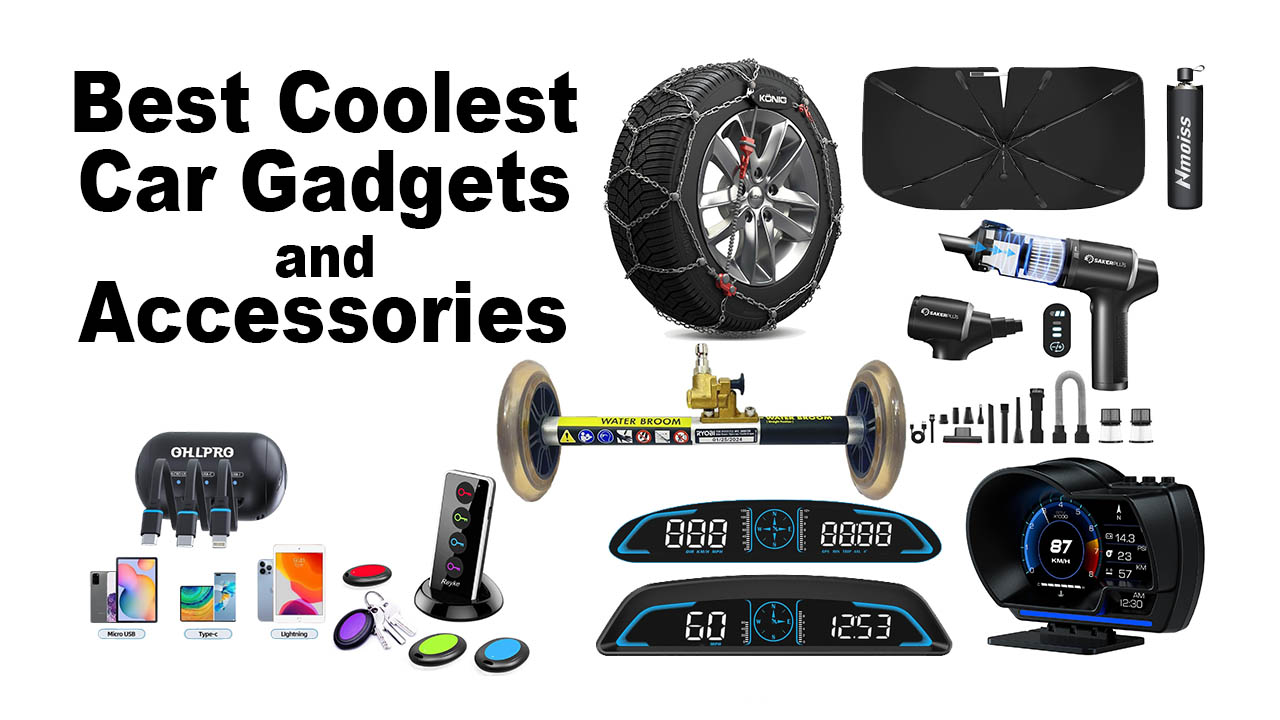20 Best Smartphones in 2025: Expert Picks for Every Budget
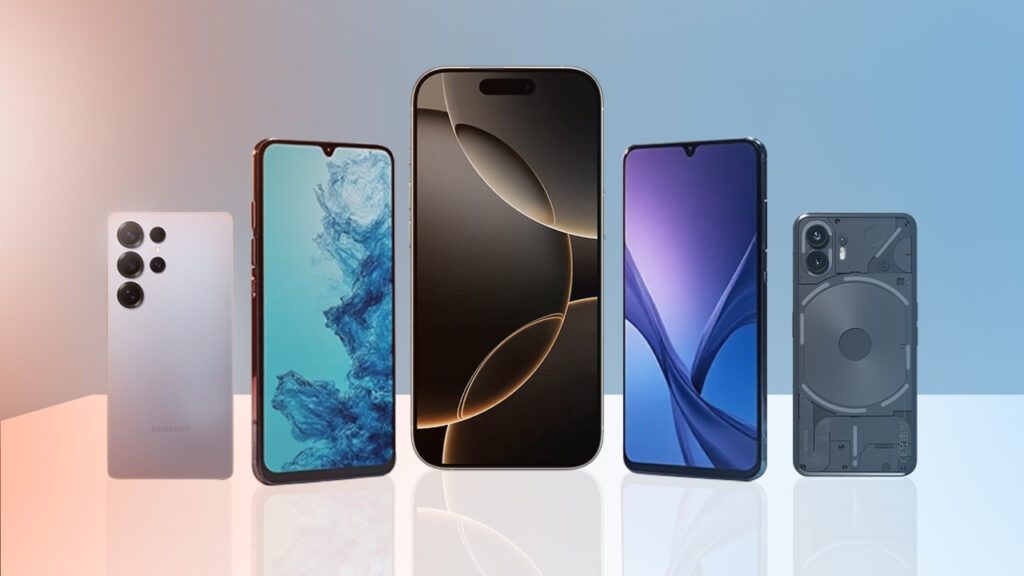
Searching for the 20 best smartphones can feel like navigating a technical maze. Whether you’re team Apple or Android, finding the perfect device that balances performance, camera quality, and price isn’t easy.
The Apple iPhone 16 stands out as this year’s best overall smartphone, offering an impressive balance of performance and ecosystem benefits. However, if you prefer Android, the Samsung Galaxy S25 delivers elite performance and cutting-edge AI features at a competitive price point. For those seeking premium value, the OnePlus 13 impresses with stellar performance and incredible battery life. From budget-friendly options like the Google Pixel 8a starting at $499 to premium powerhouses like the iPhone 16 Pro Max with its industry-leading battery life, there’s something for every budget and preference in our comprehensive guide.
Ready to discover which of these technological marvels is right for you? Let’s dive into the details of the best phones available right now.
Apple iPhone 16 Pro Max
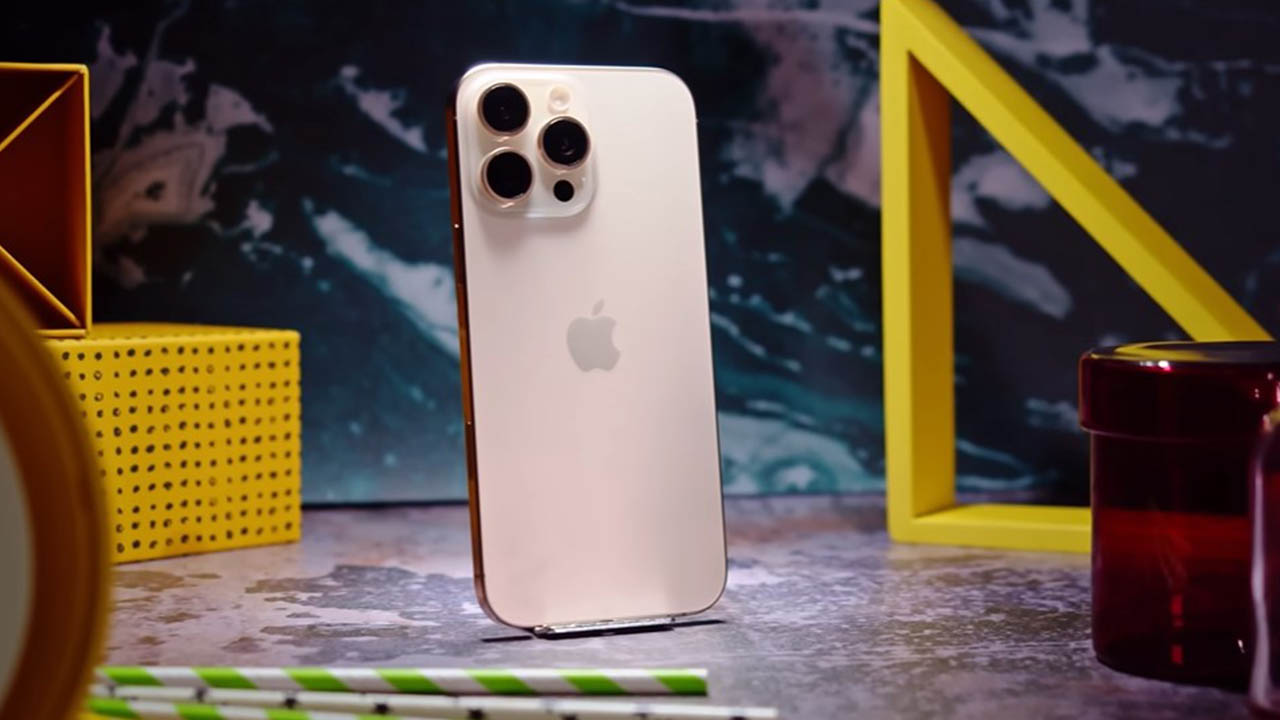
iPhone 16 Pro Max stands as Apple’s pinnacle offering, featuring unprecedented power and capabilities. At its core lies the phenomenally powerful A18 Pro chip, enabling Apple Intelligence with a faster Neural Engine, improved CPU and GPU, plus a 17% increase in total system memory bandwidth.
Pros:
- Exceptional battery life (33 hours video playback)
- Premium titanium design that’s durable yet lightweight
- Outstanding camera system with dual 48MP cameras
- Powerful A18 Pro processor with 6-core GPU
- Improved cooling for better gaming performance
Cons:
- Large size makes one-handed use challenging
- Only modest upgrades over iPhone 15 Pro Max
The device boasts Apple’s largest iPhone display ever—a 6.9-inch Super Retina XDR screen with 2868-by-1320-pixel resolution at 460 ppi. This display features ProMotion technology with adaptive refresh rates up to 120Hz and peak brightness of 2000 nits outdoors.
Battery life reaches new heights with up to 33 hours of video playback, making it the best battery life ever on an iPhone. The titanium design combines exceptional durability with impressive lightness, while featuring the latest-generation Ceramic Shield that’s two times tougher than any smartphone glass.
Camera capabilities are remarkable with a triple Pro camera system including a 48MP Fusion main camera, 48MP Ultra Wide, and 12MP 5x Telephoto. Notably, it captures 4K 120fps Dolby Vision video—the highest resolution and frame rate combo available.
This device excels for photography enthusiasts needing the best cameras and content creators benefiting from advanced media tools. Additionally, it’s ideal for power users who demand maximum battery life. Tech enthusiasts will appreciate cutting-edge features like the A18 Pro chip and ProMotion 2.0 display. Furthermore, gamers will enjoy the improved cooling system and enhanced graphics performance.
Samsung Galaxy S25 Ultra
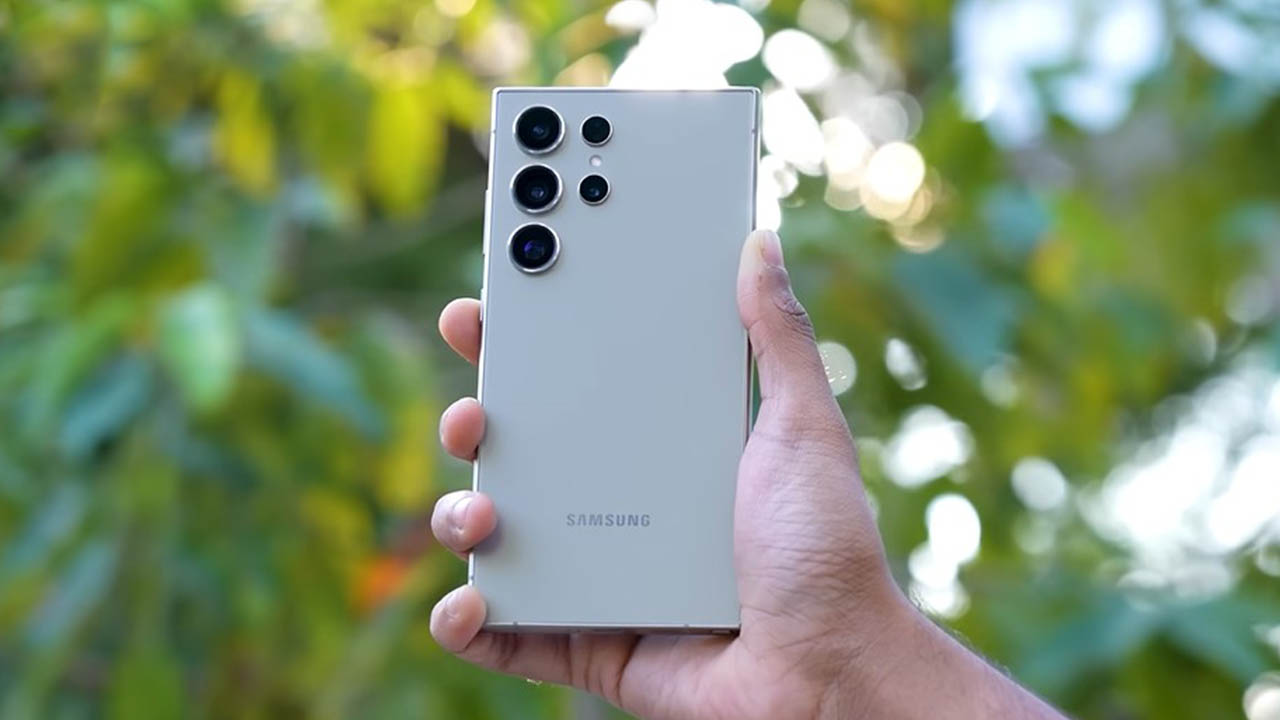
Samsung’s flagship contender in the smartphone arena comes in the form of the Galaxy S25 Ultra, blending cutting-edge technology with premium design elements. This powerhouse device showcases what’s possible at the top end of the Android ecosystem.
Pros:
- Refined design that’s lighter (218g) and more comfortable to hold
- Exceptional display brightness reaching 2600 nits
- Strong battery performance, often lasting into a second day
- Versatile camera system with impressive low-light capabilities
- Includes S Pen support for productivity
Cons:
- S Pen functionality reduced with removal of Bluetooth connectivity
- Premium pricing may not justify incremental upgrades
- Some users report inconsistent AI feature performance
- One UI 7 interface changes have received mixed reactions
The S25 Ultra boasts a stunning 6.9-inch Dynamic AMOLED 2X display with 3120 x 1440 resolution and 120Hz refresh rate. Powering this device is the first 3nm processor for Galaxy, the Snapdragon 8 Elite, which delivers exceptional speed and efficiency while using less power.
Camera capabilities are remarkable with a quad-setup featuring a 200MP main camera, 50MP ultrawide, 50MP periscope telephoto with 5x optical zoom, and 10MP telephoto offering 3x optical zoom. The selfie camera is a capable 12MP unit with autofocus.
Battery performance is impressive with a 5000mAh capacity providing up to 31 hours of video playback. The device features a premium titanium frame paired with Corning Gorilla Armor 2 glass, maintaining the IP68 water and dust resistance standard.
This device is ideal for photography enthusiasts seeking professional-grade mobile camera capabilities. Moreover, business professionals will appreciate its multitasking abilities powered by 12GB RAM and the productivity enhancement from S Pen integration. Content creators benefit from the exceptional display and HDR10+ support. Particularly, power users who demand long battery life and premium performance will find the S25 Ultra meets their needs effectively. The device also serves those who value durability, thanks to its titanium frame and robust glass protection.
OnePlus 13
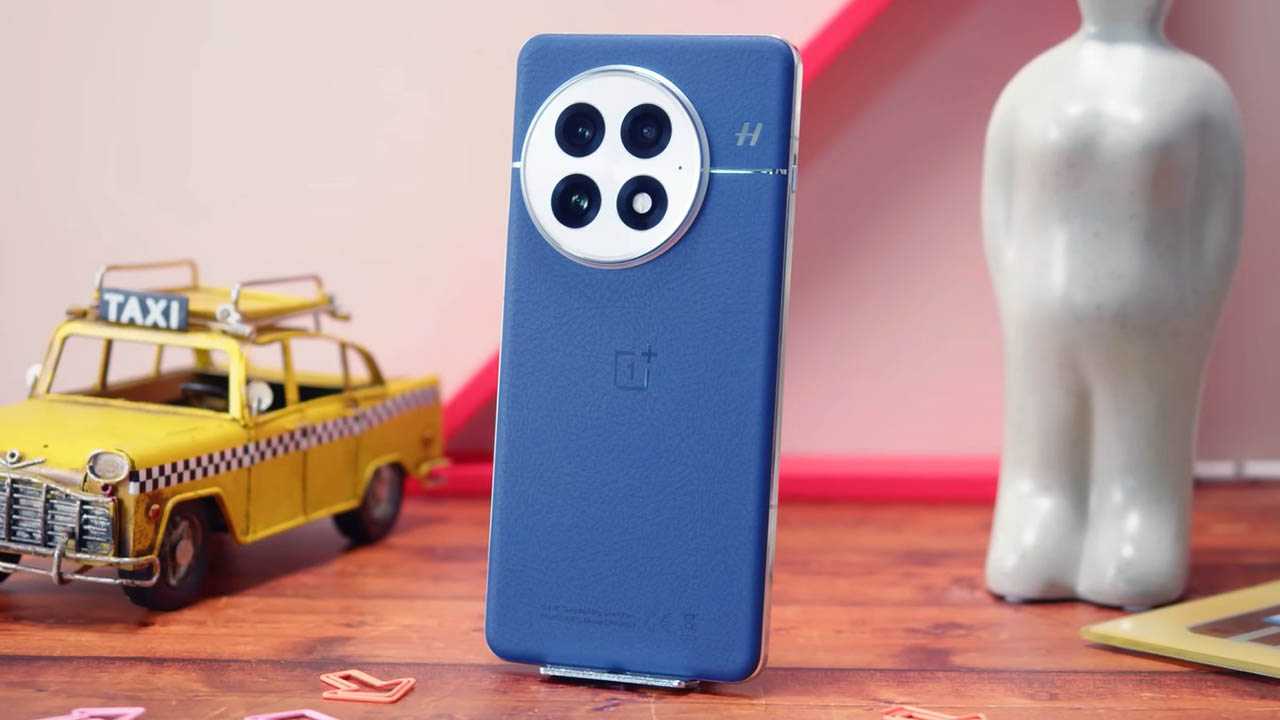
OnePlus makes its flagship statement with the OnePlus 13, delivering exceptional battery performance and cutting-edge processing power. This premium device strengthens the brand’s position in the high-end smartphone market.
Pros:
- Exceptional battery life, lasting into a second day
- Fastest processor currently available in smartphones
- Impressive display brightness and quality
- Industry-leading charging speeds
- Superior water resistance with dual IP ratings
Cons:
- Price increase to $899 (up $100 from previous model)
- No built-in magnetic charging system (requires special case)
- Most AI features require internet connectivity
- No mmWave 5G support
The OnePlus 13 showcases a stunning 6.82-inch LTPO 4.1 AMOLED display with 1440 x 3168 resolution and impressive peak brightness of 4,500 nits. Powering the device is Qualcomm’s latest Snapdragon 8 Elite processor built on a 3nm process, featuring an octa-core CPU with 2×4.32 GHz and 6×3.53 GHz cores.
Battery life reaches new heights with a massive 6,000mAh silicon-carbon battery supporting 100W wired charging (80W in US) that delivers 100% charge in just 36 minutes. The device also supports 50W wireless charging.
Camera capabilities include three 50MP sensors – a main Sony LYT-808 camera with f/1.6 aperture, a 50MP telephoto with 3x optical zoom, and a 50MP ultrawide with 120-degree field of view. Uniquely, the OnePlus 13 features both IP68 and IP69 ratings for unprecedented water resistance.
The OnePlus 13 excels for power users seeking exceptional battery life and rapid charging. Certainly, performance enthusiasts will appreciate its benchmark-topping processor and generous RAM options. Furthermore, mobile photography enthusiasts benefit from its versatile triple 50MP camera system and Hasselblad color tuning. Finally, users requiring durability will value its industry-leading water resistance ratings and premium build quality.
Google Pixel 9 Pro
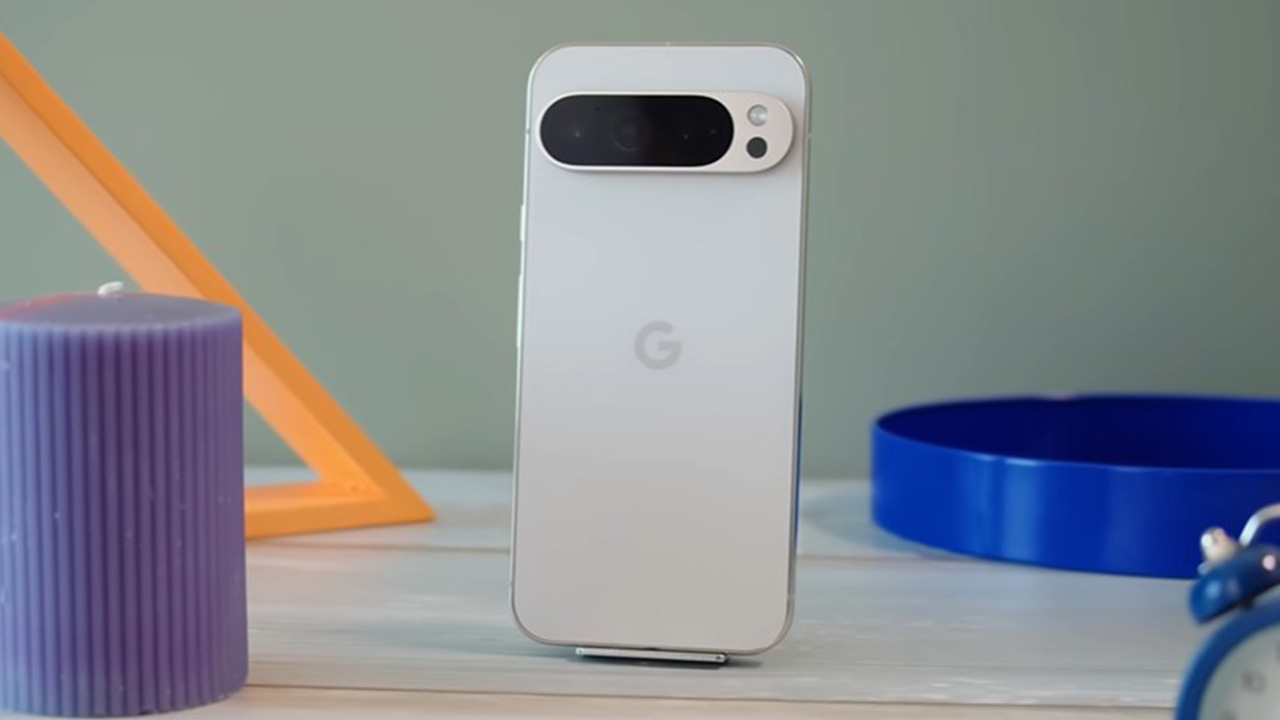
Google Pixel 9 Pro emerges as a compact powerhouse in the smartphone landscape, offering all premium features in a more hand-friendly size. This device represents Google’s strategic approach to capturing both Android and potential iPhone users through its distinctive design and AI capabilities.
Pros:
- Premium build with excellent ingress protection (IP68)
- Exceptional LTPO OLED display with amazing brightness
- Solid battery performance exceeding 17 hours
- Superb camera system, especially for zoom photography
- Seven years of OS, security, and feature updates
Cons:
- Poor peak and sustained performance from the Tensor G4 chipset
- Slippery surface that’s difficult to keep clean
- Relatively high starting price for 128GB storage
The Pixel 9 Pro boasts a stunning 6.3-inch Super Actua LTPO OLED display with 2856 x 1280 resolution (495 PPI) and impressive peak brightness reaching 3000 nits. At just 6.0 by 2.8 by 0.3 inches and weighing 7.0 ounces, it offers flagship features in a more manageable form factor.
Under the hood, the Tensor G4 processor powers Google’s advanced AI capabilities alongside 16GB of RAM. The device’s redesigned appearance features flat edges rather than curved ones, with the camera bar taking an “elongated, free-floating oval” shape.
Camera capabilities are exceptional with a triple rear system: 50MP main (f/1.7), 48MP ultrawide (f/1.7), and 48MP telephoto with 5x optical zoom. The front camera impresses with 42MP resolution. Uniquely, the Pixel 9 Pro includes satellite connectivity for emergency services—the first Android phone with this capability.
Battery life stands out with a 4700mAh capacity delivering up to 17 hours and 25 minutes of video playback. Fast charging supports up to 27W wired and 21W wireless charging.
The Pixel 9 Pro stands out for photography enthusiasts seeking exceptional camera quality in a more compact form. In fact, users wanting all flagship features without the bulk of larger phones will appreciate its hand-friendly dimensions. Given that AI capabilities are central to the Pixel experience, it’s ideal for early adopters of generative AI technology. Moreover, those valuing long-term software support benefit from seven years of updates. Consequently, if you’re seeking a compact powerhouse with leading AI features in the smartphone world, the Pixel 9 Pro delivers without compromise.
Apple iPhone 16 Pro
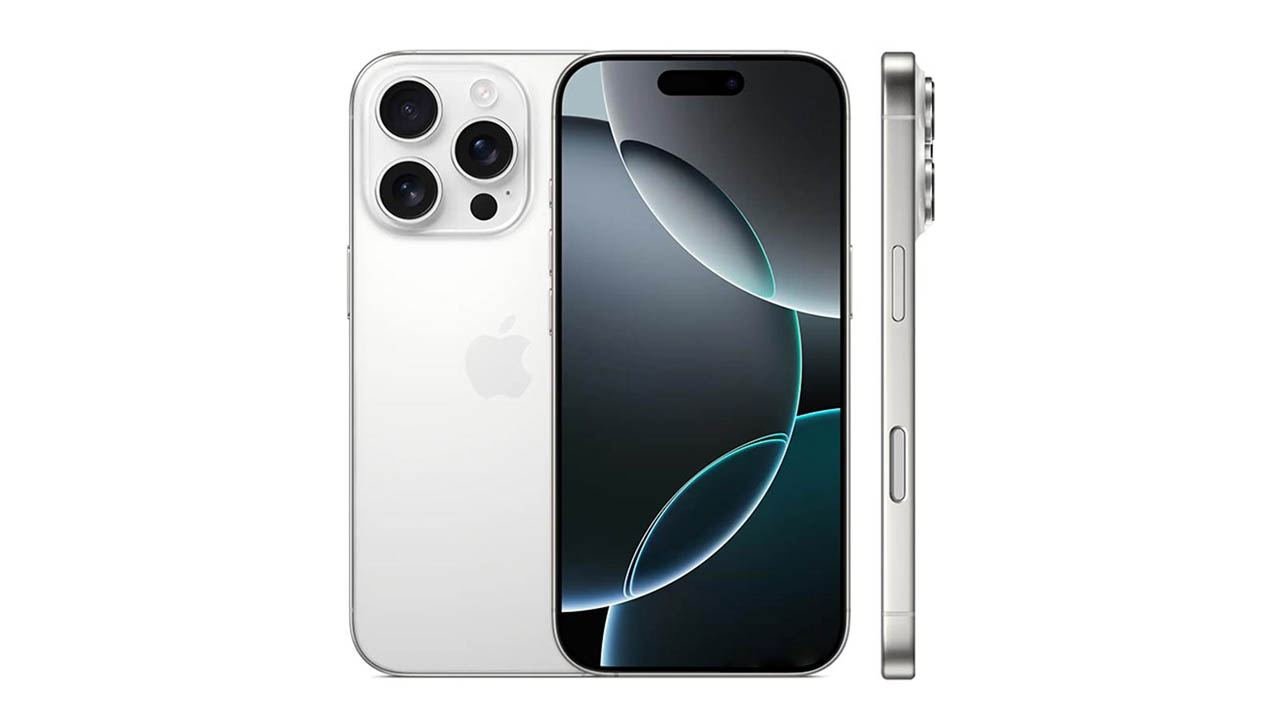
iPhone 16 Pro represents Apple’s compact flagship, delivering the same premium experience as its larger sibling in a more manageable size. Despite its smaller dimensions, this device sacrifices nothing in terms of features or performance.
Pros:
- Comfortable one-handed use unlike the gargantuan Pro Max
- Impressive battery life (20+ hours in testing)
- Complete camera system matching the Pro Max
- Premium titanium build with ceramic shield protection
- New 4K 120fps video recording capabilities
Cons:
- Slow charging compared to Android competitors
- Limited color options (all muted tones)
The iPhone 16 Pro features an enlarged 6.3-inch Super Retina XDR display with 2622-by-1206-pixel resolution at 460 ppi, expanding from last year’s 6.1-inch screen without significantly increasing the phone’s overall size. Under the hood, the A18 Pro chip delivers exceptional performance with a 6-core CPU, 6-core GPU, and 16-core Neural Engine.
Unlike previous generations, the iPhone 16 Pro now matches the Pro Max with identical camera capabilities, including a 48MP Fusion main camera, 48MP Ultra Wide, and the previously Max-exclusive 5x optical zoom telephoto. The new Camera Control button provides intuitive access to camera functions through taps, presses, and swipes.
Battery life sees a substantial improvement with a 9.4% larger battery (3,582mAh) compared to its predecessor, supporting up to 27 hours of video playback and fast charging at 45W wired—the fastest ever for an iPhone.
The iPhone 16 Pro excels for users seeking flagship features in a more pocket-friendly form factor. It’s ideal for photography enthusiasts wanting pro-level cameras without the bulk of larger phones. Content creators benefit from the new 4K 120fps video recording and four studio-quality mics. Furthermore, professionals needing a capable device that remains comfortable for one-handed use throughout the day will find this the perfect balance of size and capability.
Google Pixel 9a
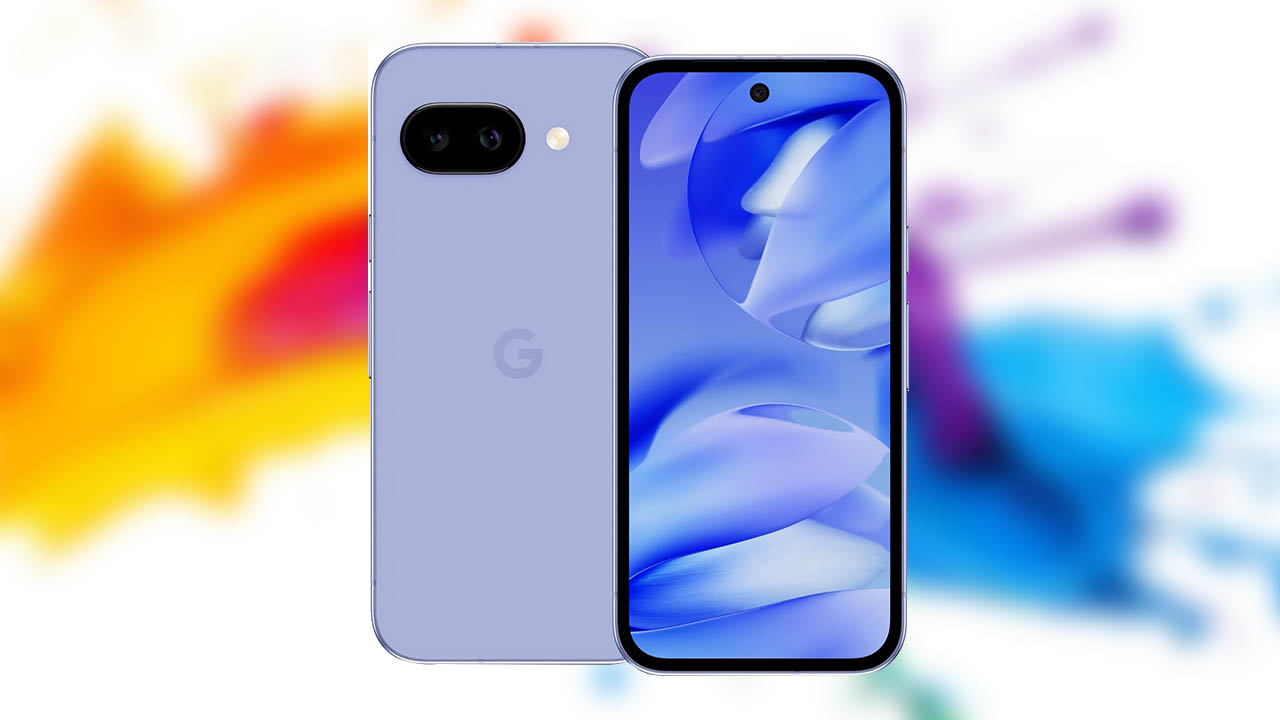
Breaking the notion that quality smartphones require four-figure price tags, the Google Pixel 9a delivers exceptional value in the smartphone lineup. This budget-friendly device maintains premium features while keeping costs under $449, making it a standout among the best smartphones this year.
Pros:
- Best-in-class camera system under $449
- Exceptional display brightness (2700 nits)
- Largest battery in any Pixel device
- Seven years of OS and security updates
- Built-in Gemini AI features
Cons:
- Uses older Gorilla Glass 3 protection
- No mmWave 5G support
- Plastic back panel instead of glass
The Pixel 9a showcases a bright 6.3-inch Actua pOLED display that reaches an impressive 2700 nits of brightness—35% brighter than its predecessor. Powered by the same Tensor G4 chip found in the flagship Pixel 9 series, it handles AI features efficiently despite having 8GB of RAM versus the 12GB in higher-end models.
Camera capabilities impress with a dual system featuring a 48MP main camera (f/1.7) with optical image stabilization and a 13MP ultrawide lens. Uniquely for its price point, it includes features like Macro Focus and Astrophotography.
Battery life stands out with a massive 5,100mAh capacity—the largest ever in a Google Pixel phone. This provides over 30 hours of typical use, extending to an incredible 100 hours with Extreme Battery Saver.
The Pixel 9a excels for budget-conscious users seeking exceptional camera quality without spending four figures. Students and young professionals benefit from its balance of performance and price. Subsequently, those invested in the Google ecosystem get access to exclusive AI features like Add Me, Best Take, and Gemini Live at an affordable price point. Correspondingly, parents seeking a first smartphone for teenagers will appreciate its durability (IP68 rating) combined with Google Family Link and School Time controls.
Samsung Galaxy Z Fold 6
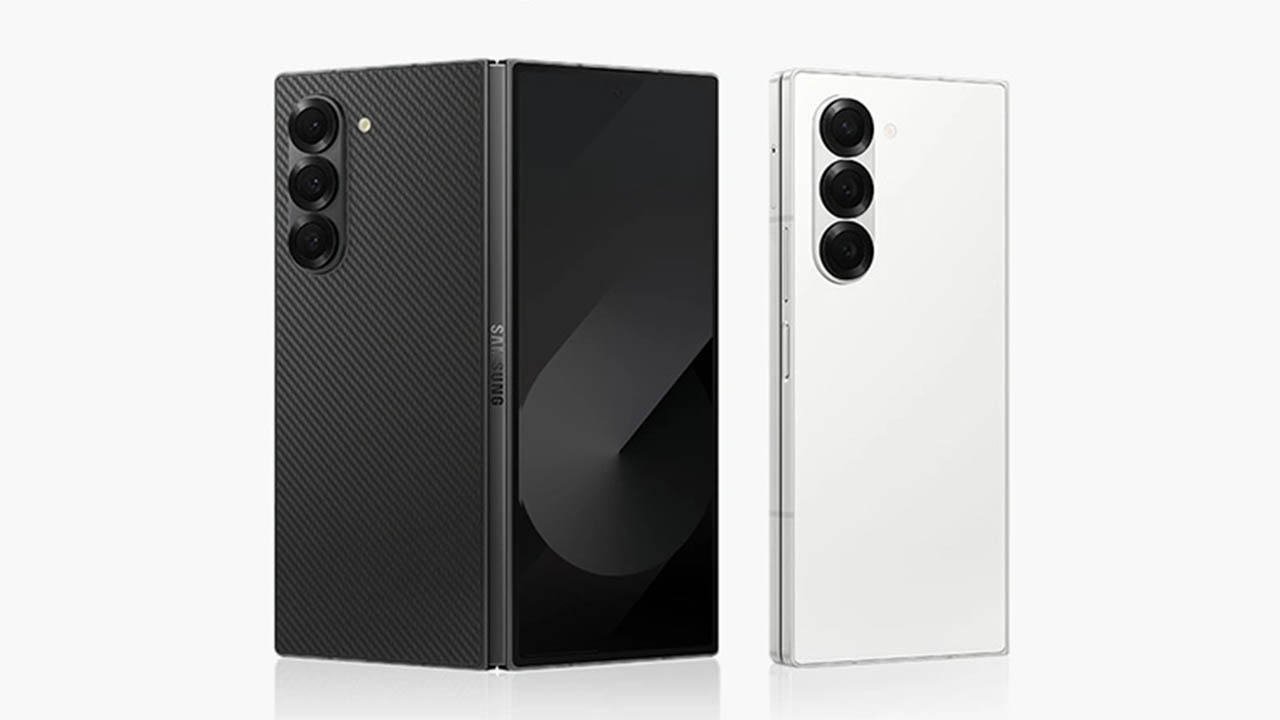
Folding smartphones have come of age with the Samsung Galaxy Z Fold 6, which delivers both tablet-like functionality and refined usability in a more pocketable design. As a premium offering in Samsung’s lineup, this device continues to push boundaries for innovative form factors.
Pros:
- Thinner, lighter design with refined cover screen
- Improved durability with IP48 rating
- Exceptional display quality with high brightness
- Strong performance with Snapdragon 8 Gen 3
- Seven years of software support
Cons:
- Battery life only slightly improved
- No major camera upgrades
- Slow charging speeds (25W wired)
- Still expensive compared to non-folding alternatives
The Galaxy Z Fold 6 features a 6.3-inch cover screen with 2376 x 968 resolution and a 120Hz refresh rate. When unfolded, it reveals a massive 7.6-inch Dynamic AMOLED 2X main display with 2160 x 1856 resolution. Both screens offer exceptional 2600 nits peak brightness.
Measuring 153.5 x 68.1 x 12.1mm when folded and weighing just 239g, it’s noticeably thinner and lighter than its predecessor. The device achieves IP48 dust and water resistance—the first foldable with certified dust protection.
Powering this foldable is the Snapdragon 8 Gen 3 processor paired with 12GB RAM. Storage options include 256GB, 512GB, and 1TB. The camera system consists of a 50MP main, 12MP ultrawide, and 10MP telephoto with 3x optical zoom.
The Galaxy Z Fold 6 excels for productivity-focused users who need multitasking capabilities with its ability to run three apps simultaneously. Simultaneously, early technology adopters will appreciate its innovative folding design and advanced AI features. Business professionals benefit from the S Pen compatibility for note-taking and document markup. Likewise, media enthusiasts will enjoy the immersive large screen for videos and gaming. Even so, the device remains best suited for those willing to pay a premium for cutting-edge technology that combines a phone and tablet experience in one device.
Apple iPhone 16 Plus
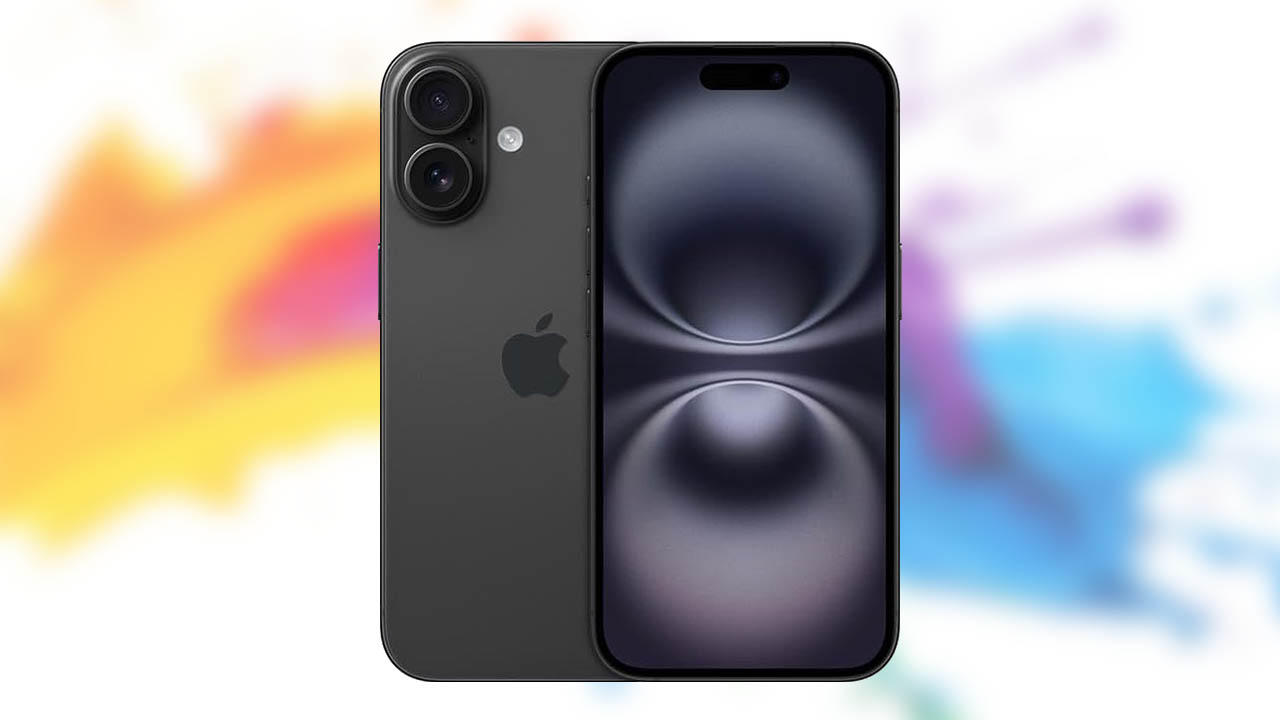
For those seeking a larger screen without premium pricing, the Apple iPhone 16 Plus strikes an ideal balance between size and affordability. This spacious device delivers impressive battery performance and core Apple features in a more budget-conscious package than its Pro counterparts.
Pros:
- Exceptional battery life, outperforming even the Pro Max in testing
- Larger 6.7″ display ideal for content consumption
- Capable camera system with 48MP main and 12MP ultra-wide
- Latest A18 chip offering significant performance improvements
- IP68 water and dust resistance (6 meters for 30 minutes)
Cons:
- No telephoto camera for optical zoom
- Slower charging than Android alternatives
- Less storage in base model compared to some competitors
The iPhone 16 Plus boasts a stunning 6.7-inch Super Retina XDR display with 2796×1290 resolution at 460 ppi. Powered by Apple’s A18 chip with 5-core GPU and 8GB RAM, it handles demanding tasks effortlessly. The advanced dual-camera system combines a 48MP Fusion main camera with a 12MP Ultra Wide, supporting macro photography and 4K Dolby Vision video recording.
Battery life impresses with up to 27 hours of video playback—a significant improvement over its predecessor. The aluminum design with color-infused glass back comes in five vibrant colors: Black, White, Pink, Teal, and Ultramarine. Both the Action button and Camera Control are included, allowing customizable shortcuts and intuitive camera operation.
The iPhone 16 Plus excels for media consumers desiring a larger screen for videos and gaming. Moreover, it’s perfect for photography enthusiasts who need capable cameras without Pro pricing. First-time Apple buyers will appreciate its balance of features and cost. Above all, it serves battery-conscious users magnificently, offering record-breaking battery performance that often extends into a second day.
Google Pixel 8a

Google Pixel 8a emerges as a mid-range champion in the smartphone landscape, delivering flagship features at half the price of premium alternatives. This compact yet capable device continues Google’s tradition of bringing high-end photography capabilities to more affordable price points.
Pros:
- Exceptional camera performance with Google’s advanced software
- Premium build with matte finish that resists fingerprints
- Compact, one-handed friendly design at just 188g
- Seven years of OS, security, and feature updates
- AI features including Magic Editor and Audio Magic Eraser
Cons:
- Slow 18W charging compared to competitors
- Still uses older Gorilla Glass 3 protection
- Base storage limited to 128GB in most colors
- Average speaker quality
The Pixel 8a showcases a vibrant 6.1-inch OLED display with 1080 x 2400 resolution and 430 PPI. Impressively, it features a 120Hz refresh rate—a first for the A-series—though this comes turned off by default. With brightness reaching 2000 nits peak, visibility remains excellent even in bright sunlight.
Powered by Google’s Tensor G3 processor—the same chip found in the flagship Pixel 8 and 8 Pro—the device delivers smooth performance for everyday tasks. The camera system remains unchanged from its predecessor but still impresses with a 64MP main camera with OIS and a 13MP ultrawide. Battery capacity stands at 4492mAh, supporting 18W wired and 7.5W wireless charging.
The Pixel 8a excels for photography enthusiasts seeking top-tier camera performance without premium pricing. Owing to its compact design, it serves users who prefer smaller, one-handed phones in a market dominated by larger devices. Additionally, budget-conscious consumers will appreciate its flagship processor and AI capabilities at mid-range pricing. First-time smartphone buyers benefit from its clean software experience and unprecedented seven-year support commitment—ensuring relevance through 2031.
Apple iPhone 15
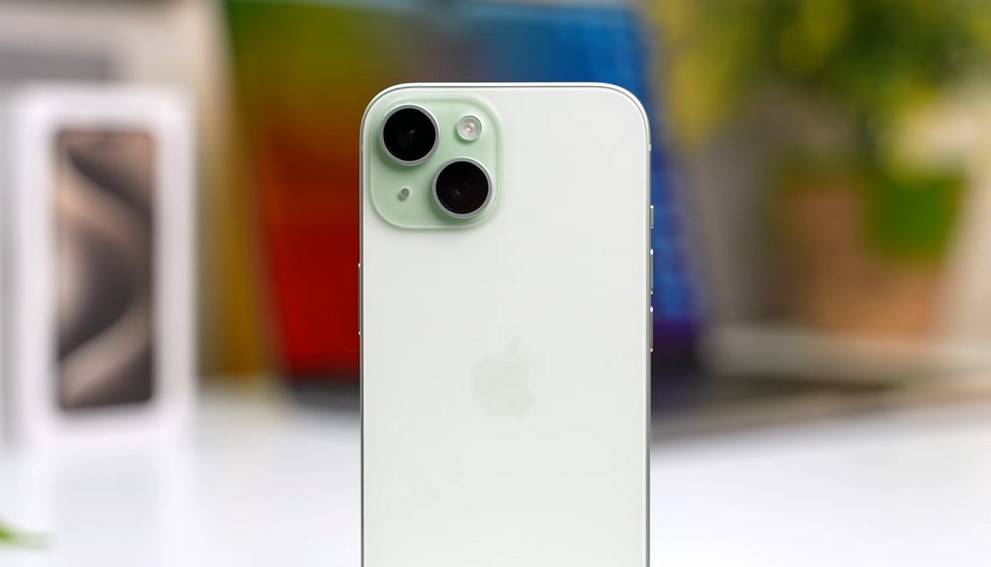
Even as newer models arrive, the Apple iPhone 15 remains a strong contender in the smartphone market, offering solid performance in a sleek package that continues to attract users seeking quality without the latest premium pricing.
Pros:
- Dynamic Island offers enhanced notifications and live activities
- Bright display (2000 nits peak outdoor brightness)
- Excellent camera system with 48MP main sensor
- USB-C connectivity improves compatibility
- No price increase from previous generation
Cons:
- Uses previous-generation A16 chip rather than latest silicon
- Slower charging speeds than many Android alternatives
- USB-C limited to USB 2.0 transfer speeds (480 Mbps)
The iPhone 15 features a vibrant 6.1-inch Super Retina XDR display with 2556×1179-pixel resolution at 460 ppi. The display reaches 2000 nits peak brightness outdoors—double that of its predecessor. Powering this device is the A16 Bionic chip with a 6-core CPU, 5-core GPU, and 16-core Neural Engine.
Photography enthusiasts will appreciate the dual-camera system featuring a 48MP main camera with ƒ/1.6 aperture and a 12MP Ultra Wide with 120° field of view. The quad-pixel sensor enables a 2x optical-quality Telephoto mode without a dedicated lens. Battery performance remains impressive with up to 20 hours of video playback and 80 hours of audio playback.
Noteworthy additions include Dynamic Island (replacing the notch) and USB-C connectivity—marking Apple’s departure from the Lightning connector. The aluminum design with color-infused glass back comes in Black, Blue, Green, Yellow, and Pink options.
This device is ideal for users upgrading from iPhone 12 or earlier models seeking significant improvements in camera quality and display technology. In addition, those who prefer a relatively compact form factor will appreciate its manageable 6.1-inch size and 171-gram weight. Furthermore, budget-conscious Apple enthusiasts will find excellent value as the iPhone 15 offers many premium features without the flagship price tag.
Samsung Galaxy S25
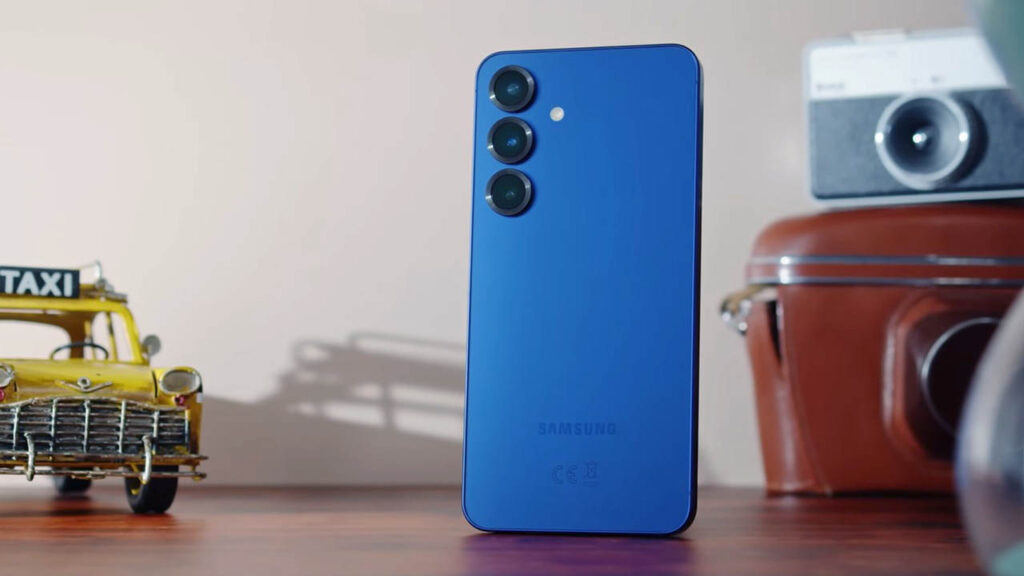
The compact flagship in Samsung’s lineup, the Galaxy S25 delivers powerful performance in a hand-friendly size. At just 162 grams and 7.2mm thin, this device stands out as one of the most comfortable premium phones available today.
Pros:
- Compact footprint with premium build quality
- Beautiful 120Hz OLED display
- Plenty of processing power with 12GB RAM
- All-day battery life
- Lightweight design at just 162g
Cons:
- Design unchanged from previous generations
- Limited storage in base model (128GB)
- Cameras unchanged for several generations
The Galaxy S25 features a stunning 6.2-inch FHD+ Dynamic AMOLED 2X display with 120Hz refresh rate and 2600 nits peak brightness. Powering this device is the powerful Snapdragon 8 Elite for Galaxy processor—the most powerful chip ever in a Galaxy phone, with its CPU performance 37% better than the previous generation.
Camera capabilities remain strong with a triple system featuring a 50MP main camera (f/1.8), a 10MP telephoto with 3x optical zoom, and a 12MP ultrawide with 120° field of view. Battery performance is reliable with a 4000mAh capacity providing up to 29 hours of video playback, though charging remains limited to 25W wired and 15W wireless.
This device is ideal for users seeking flagship performance in a compact form factor. Furthermore, one-handed phone users will appreciate its lightweight design. Alongside this, photography enthusiasts on a budget will find the camera system capable without Ultra pricing. Accordingly, those upgrading from older Galaxy models will enjoy significant performance improvements thanks to the new processor and increased RAM.
Motorola Razr 60 Ultra

Flipping the script on traditional smartphone design, the Motorola Razr 60 Ultra stands out in the foldable market with its impressive combination of style and functionality. This clamshell device brings significant improvements over previous generations, making it a serious contender among the best smartphones available.
Pros:
- Stunning, robust design with premium materials like wood and Alcantara
- Versatile external display with HDR10+ and 165Hz refresh rate
- Excellent battery life lasting into a second day
- IP48 dust and water resistance
- Powerful performance with Snapdragon 8 Elite
Cons:
- No telephoto camera
- Only four years of security updates
- Outdated USB 2.0 port
The Razr 60 Ultra boasts a stunning 7.0-inch foldable AMOLED main display with Super HD (2992 x 1224) resolution and up to 165Hz refresh rate. Alongside this, a remarkable 4.0-inch external pOLED display with 1272 x 1080 resolution allows you to use most apps without opening the phone. Under the hood, the Snapdragon 8 Elite processor with 16GB RAM and 512GB storage delivers exceptional performance.
Photography capabilities include a dual 50MP camera system featuring a main lens with OIS and an ultrawide that doubles as a macro. Battery life impresses with a 4700mAh capacity supporting 68W TurboPower charging that delivers power for a full day in just 8 minutes.
This device excels for style-conscious users seeking a premium foldable experience. Specifically, multitaskers will appreciate the versatile external display for managing notifications and apps without opening the phone. In essence, content creators benefit from the flexible form factor for creative photography angles and self-recording. Generally, early adopters of folding technology will value its refined design and cutting-edge specifications.
Nothing Phone 3a
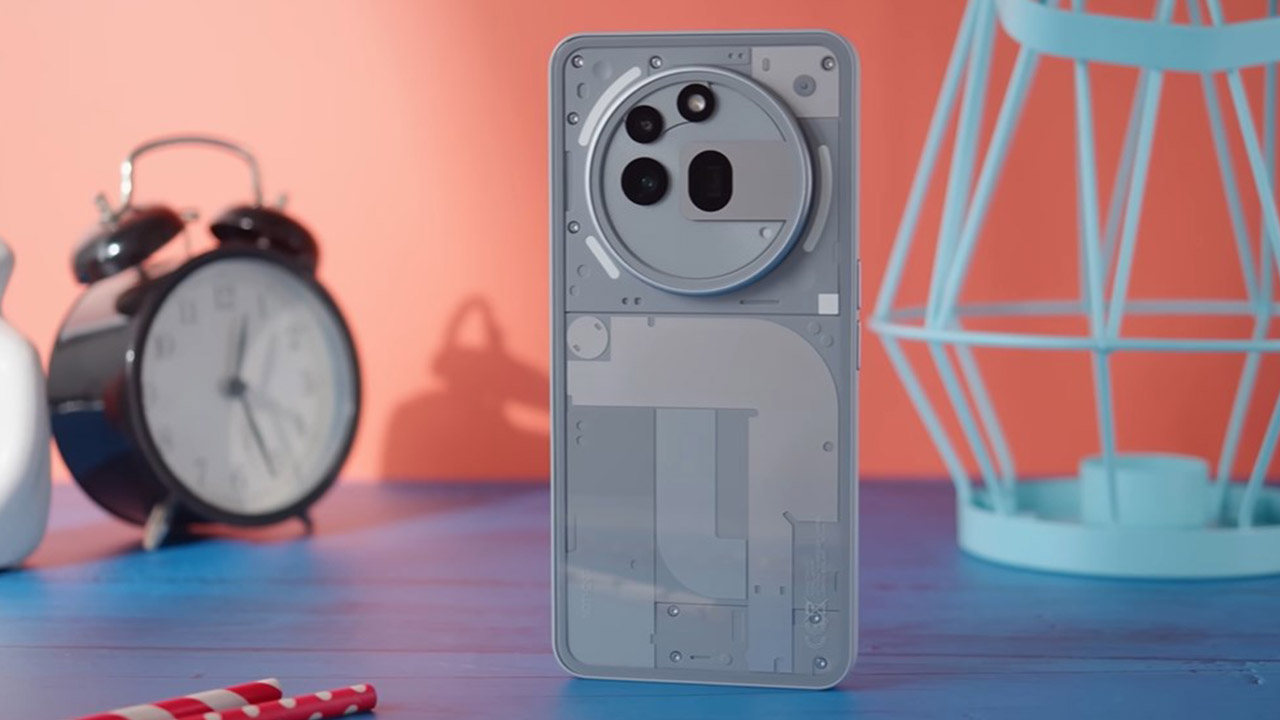
With its distinctive transparent design and light-based Glyph interface, the Nothing Phone 3a breaks conventional smartphone esthetics while delivering solid mid-range performance at a competitive price point.
Pros:
- Vibrant, bright display that performs exceptionally well outdoors
- Clean OS experience with minimal bloatware
- Reliable camera system with versatile zoom range
- Unique design with customizable Glyph notifications
- Strong battery performance
Cons:
- Plastic frame feels less premium than glass alternatives
- No wireless charging capability
- No charger included in the box
- Somewhat bulky design
The Nothing Phone 3a showcases a 6.77-inch flexible AMOLED display with 1080 x 2392 resolution and 120Hz adaptive refresh rate. Peak brightness reaches an impressive 3000 nits, ensuring excellent visibility outdoors. Underneath, the Qualcomm Snapdragon 7s Gen 3 processor powers the device, featuring an 8-core setup with speeds up to 2.5 GHz.
Photography capabilities include a versatile triple-camera system: a 50MP main camera with OIS, a 50MP telephoto with 2x optical zoom and up to 30x digital zoom, plus an 8MP ultrawide with 120° field of view. The 32MP selfie camera handles video calls effectively.
Battery life impresses with a 5000mAh capacity supporting 50W fast charging that delivers a full charge in 56 minutes. The device runs Nothing OS 3.1 based on Android 15 with promised 3 years of OS updates and 6 years of security patches.
The device excels for design-conscious users seeking a distinctive esthetic without premium pricing. Fundamentally, it appeals to those prioritizing clean software experiences without unnecessary bloat. Additionally, photography enthusiasts benefit from its capable triple-camera setup that offers surprising versatility at this price point. Meanwhile, budget-conscious buyers will appreciate its solid performance-to-price ratio in an increasingly crowded smartphone market.
CMF Phone 2 Pro
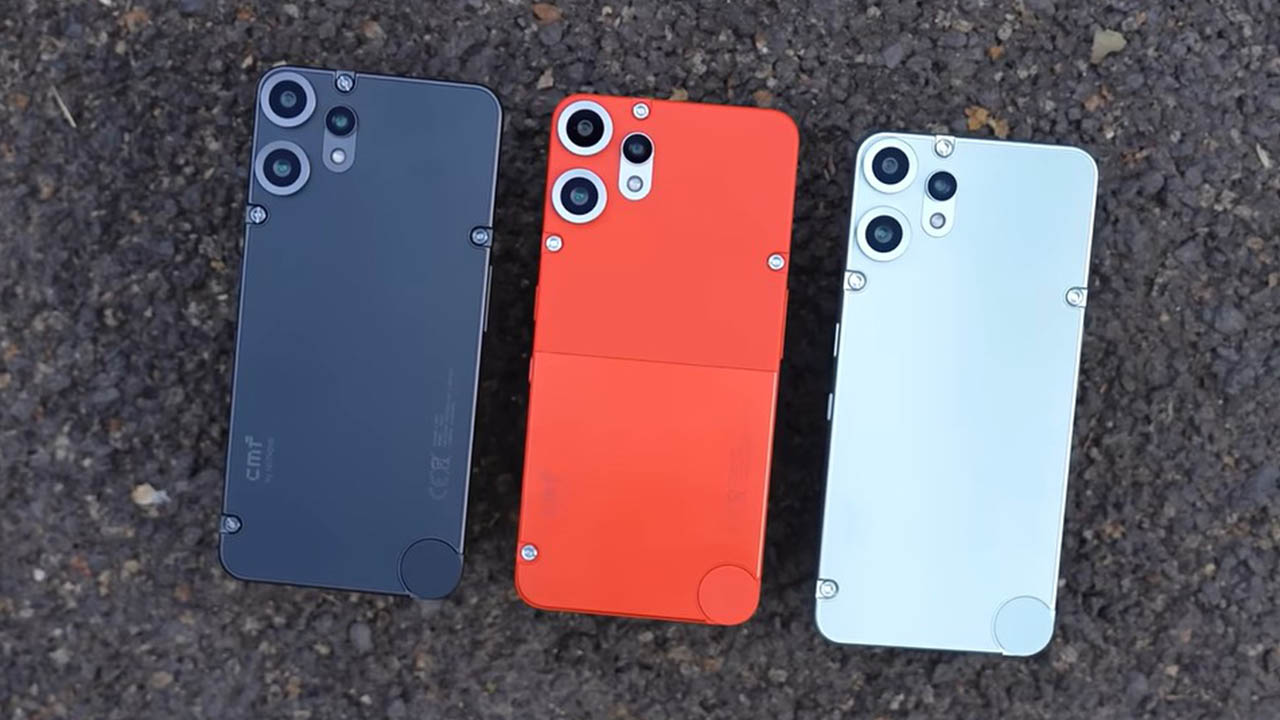
Undercutting most competitors while delivering surprising features, the CMF Phone 2 Pro emerges as one of the best value propositions among the 20 best smartphones. This budget-friendly device from Nothing’s sub-brand manages to pack premium capabilities into an affordable package.
Pros:
- Exceptional value at USD 279 for the 256GB model
- Triple rear camera system with telephoto lens (rare at this price point)
- Impressive display brightness outperforming competitors
- Strong battery performance with all-day use
- Clean, bloat-free UI experience
- MicroSD expansion up to 2TB
Cons:
- Limited US availability through beta program only
- Subpar speaker quality
- Only IP54 water/dust resistance
- No wireless charging capability
The CMF Phone 2 Pro boasts a stunning 6.77-inch flexible AMOLED display with 1080 x 2392 resolution and 120Hz adaptive refresh rate that reaches an impressive 3000 nits peak brightness. Under the hood, the MediaTek Dimensity 7300 Pro 5G processor features an 8-core setup running at up to 2.5 GHz.
Photography capabilities stand out with a versatile quad-camera system: a 50MP main camera (f/1.88), a 50MP telephoto with 2x optical zoom and up to 20x digital zoom, an 8MP ultrawide with 119.5° field of view, and a 16MP front camera. The device utilizes TrueLens Engine 3 with Ultra XDR algorithms for enhanced image processing.
Battery life impresses with a 5000mAh capacity providing up to 22 hours of YouTube playback or 47 hours of voice calls. The sleek 7.8mm design weighs just 185g, making it Nothing’s slimmest smartphone ever.
This smartphone excels for budget-conscious users seeking premium features without breaking the bank. Photography enthusiasts benefit from its versatile triple camera system that delivers surprising quality for the price point. Furthermore, students and young professionals will appreciate its combination of affordability and capability. As a result, the CMF Phone 2 Pro stands as one of the most compelling budget options among the best smartphones.
Xiaomi 15 Ultra
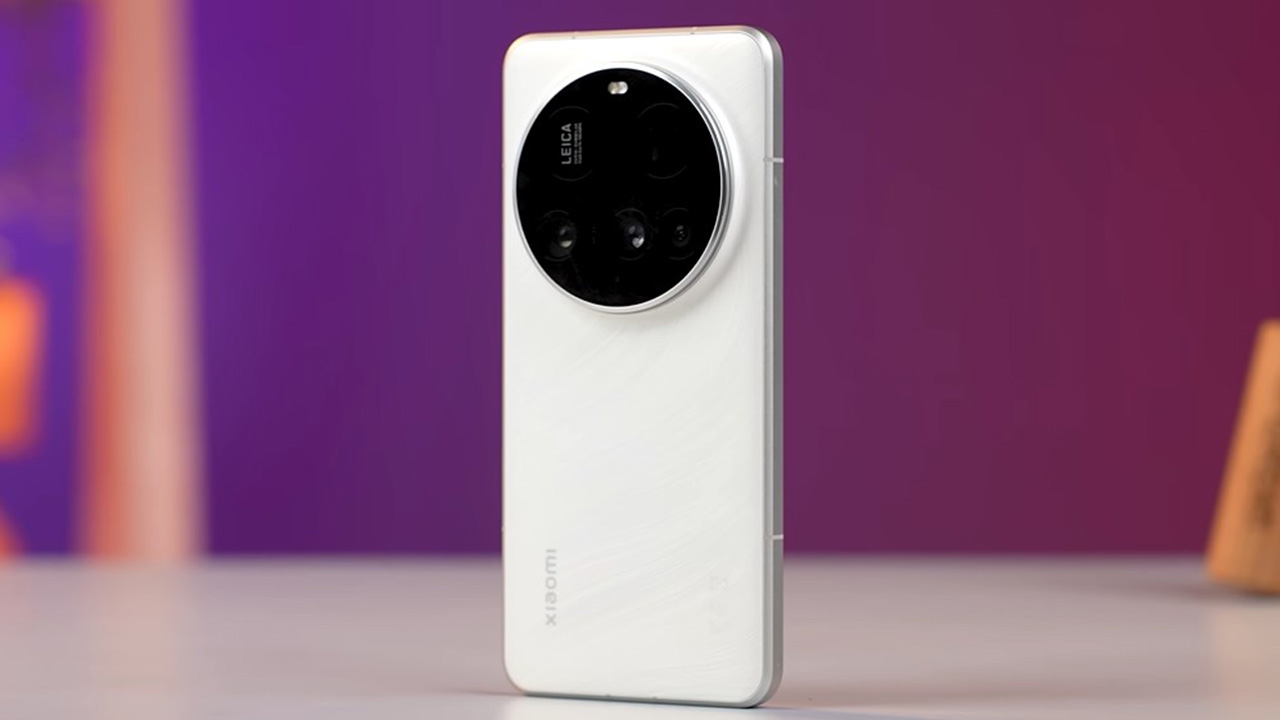
Photography enthusiasts will find the Xiaomi 15 Ultra an exceptional addition to the smartphone landscape, with its innovative Leica-engineered camera system setting new standards for mobile photography and videography.
Pros:
- One of the best camera systems available with versatile zoom range
- Gorgeous display with exceptional brightness
- Excellent performance with top-tier processor
- Fast charging capabilities (wired and wireless)
- Comprehensive focal range from 14mm to 200mm
Cons:
- HyperOS interface has a steep learning curve
- Battery life below expectations for the capacity
- Limited international availability (not available in US/Australia)
- Premium pricing comparable to iPhone and Samsung flagships
The Xiaomi 15 Ultra showcases a remarkable 6.73-inch WQHD+ AMOLED display with 3200 nits peak brightness and 1440 x 3200 resolution (522 ppi). Beneath the surface, Qualcomm’s Snapdragon 8 Elite processor powers the device with a 3nm manufacturing process, featuring 2x Prime cores (4.32GHz) and 6x Performance cores (3.53GHz).
The standout feature remains its Leica-backed quad camera system: a 50MP 1-inch main sensor (f/1.63), a groundbreaking 200MP ultra telephoto (f/2.6) with 4.3x optical zoom, a 50MP 70mm floating telephoto (f/1.8) with 3x optical zoom, and a 50MP ultrawide (f/2.2) with 115° field of view. This setup enables professional-grade photography across an impressive 14mm-200mm focal range.
Battery performance comes via a 5410mAh silicon-carbon battery supporting 90W wired and 80W wireless charging. The phone features advanced cooling with Xiaomi’s 3D Dual-Channel IceLoop system and Xiaomi Shield Glass 2.0 that offers 25% better drop resistance than its predecessor.
The device excels for photography enthusiasts seeking professional-grade mobile imaging. Video creators benefit from 4K 60fps LOG video recording across all focal lengths and 4K 120fps slow-motion capabilities. Additionally, early adopters of camera technology will appreciate the optional photography kit with detachable shutter button and filter accessories. Indeed, the Xiaomi 15 Ultra represents an ideal choice for users wanting flagship specs with an emphasis on imaging capabilities rather than general usability.
Oppo Find X8 Pro
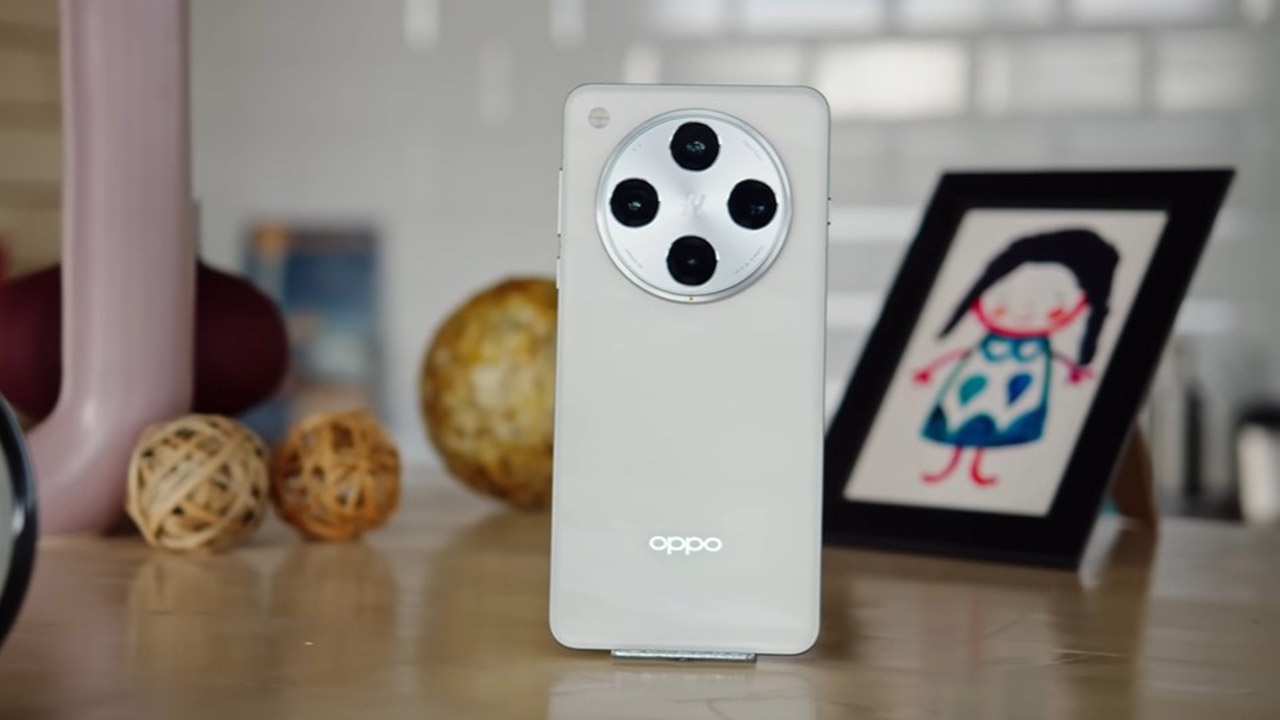
Among the elite contenders in the smartphone landscape, the Oppo Find X8 Pro combines sophisticated camera technology with cutting-edge performance in a remarkably sleek package.
Pros:
- Exceptional quad 50MP camera system with dual periscope lenses
- Bright display reaching 4500 nits peak brightness
- Large 5910mAh battery with fast charging options
- Premium build with IP68/IP69 water and dust resistance
- Innovative AI features including Lightning Snap
Cons:
- Limited color options (Space Black and Pearl White)
- Software support shorter than competing flagships
- Limited availability in some markets including the US
The Find X8 Pro showcases a vibrant 6.78-inch AMOLED display with 2780 × 1264 resolution and 120Hz refresh rate, reaching an extraordinary 4500 nits peak brightness. Under the hood, the MediaTek Dimensity 9400 processor built on a 3nm process delivers exceptional performance paired with 16GB of LPDDR5X RAM and 512GB of UFS 4.0 storage.
Photography enthusiasts will appreciate the impressive “HyperTone Quad Main Camera System” featuring four 50MP sensors: a primary camera with f/1.6 aperture and OIS, an ultra-wide with 120° field of view, a 3x periscope telephoto, and a 6x periscope telephoto enabling zoom capabilities from 0.6x to 120x. Henceforth, the device supports 4K 60fps Dolby Vision recording across all cameras.
Battery life impresses with a 5910mAh silicon-carbon battery providing up to 26 hours of streaming. Fast charging options include 80W SUPERVOOC wired and 50W AIRVOOC wireless charging.
To clarify, the Find X8 Pro excels for photography enthusiasts seeking versatile camera capabilities with its innovative dual periscope system. In the meantime, power users will appreciate its robust battery life and performance. Ultimately, media consumers benefit from its extraordinary display brightness and quality, making it a stellar choice among the best smartphones.
iPhone SE (2022)
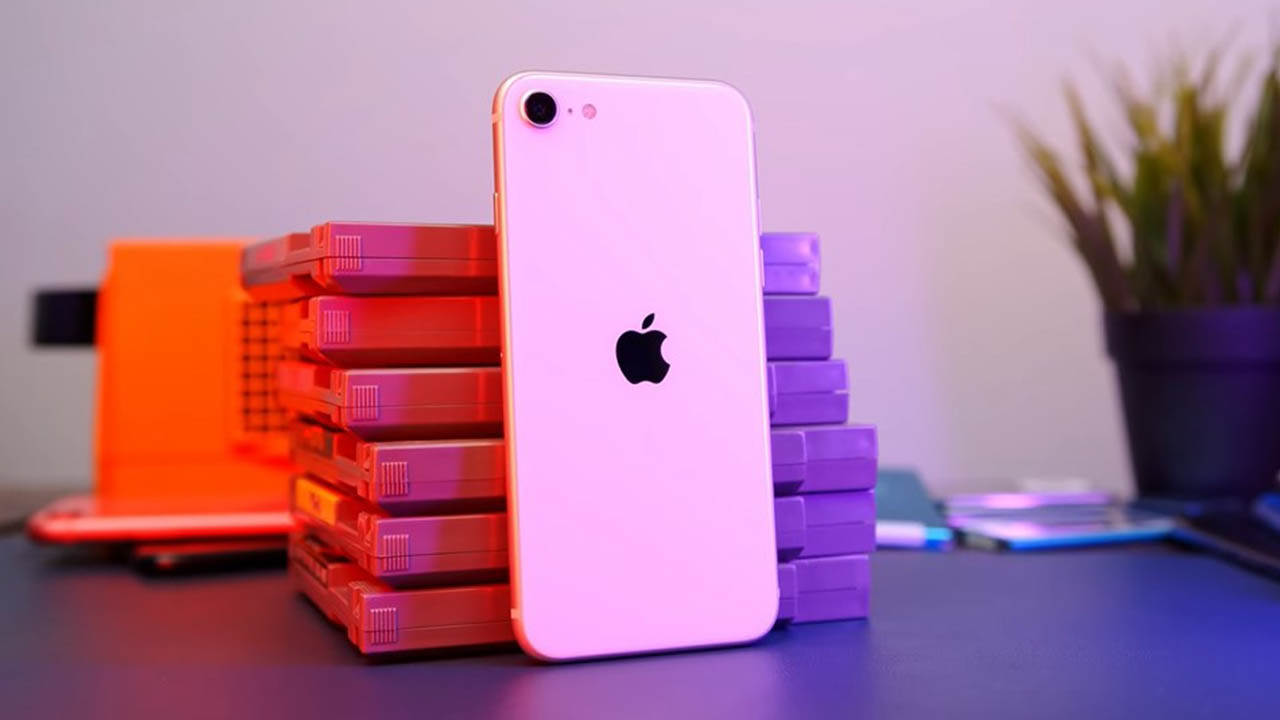
The iPhone SE (2022) represents Apple’s continued commitment to offering accessible entry points into its ecosystem, combining modern internals with a classic design. This third-generation SE model preserves the familiar iPhone 8 chassis alongside substantial internal upgrades.
Pros:
- Exceptional performance with A15 Bionic chip
- Familiar design with Touch ID
- Excellent camera quality despite single lens
- IP67 water and dust resistance
- 5G connectivity
Cons:
- Dated design with large bezels
- Small 4.7-inch display with 60Hz refresh rate
- No Night mode for camera
- Base model includes only 64GB storage
The 2022 SE houses Apple’s powerful A15 Bionic chip—identical to the processor found in the premium iPhone 13 lineup—enabling impressive performance for everyday tasks. This 6-core CPU delivers speeds up to 1.8x faster than iPhone 8. The device retains its iconic 4.7-inch Retina HD LCD display with 750 x 1334 resolution and 326ppi.
For photography, the iPhone SE includes a single 12MP f/1.8 rear camera with optical image stabilization. Nevertheless, thanks to the A15 chip, it supports advanced computational photography features including Smart HDR 4, Deep Fusion, and Photographic Styles. Battery performance has improved with up to 15 hours of video playback.
Other notable features include 5G connectivity, IP67 water/dust resistance, Touch ID fingerprint sensor, and Qi wireless charging compatibility.
The iPhone SE primarily serves users upgrading from older iPhones (iPhone 8 or earlier) who prefer the familiar home button design. Under those circumstances, it’s ideal for budget-conscious consumers seeking entry into Apple’s ecosystem without premium pricing. Furthermore, it appeals to first-time smartphone buyers preferring a smaller, more manageable device.
Samsung Galaxy A56
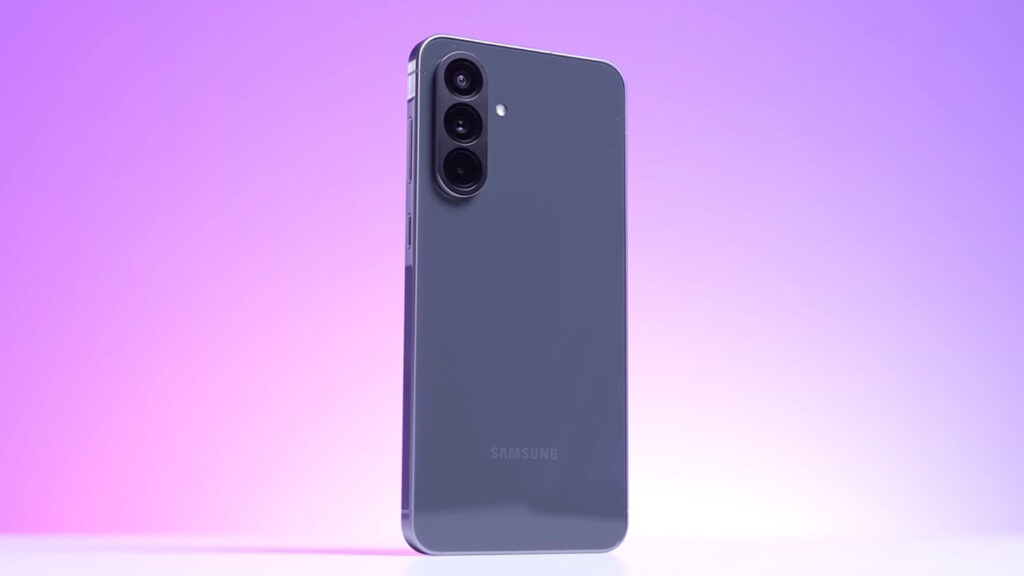
Striking an impressive balance between performance and affordability in the mid-range segment, the Samsung Galaxy A56 offers premium-feeling features without the flagship price tag. This device stands as one of the most well-rounded options for everyday users in the smartphone landscape.
Pros:
- Sturdy, premium build with aluminum frame and Gorilla Glass Victus+
- Bright and larger display with HDR10+ support
- Long-lasting 5000mAh battery with 45W fast charging
- Six years of OS upgrades promised
- Great value considering features offered
Cons:
- No charger included in box
- Camera performance underwhelming apart from videos and selfies
- No microSD card support
- Virtual proximity sensor less reliable than physical
- Priced higher than some similarly equipped competitors
The Galaxy A56 features a vibrant 6.7-inch Super AMOLED display with 120Hz refresh rate and impressive brightness reaching 1200 nits in high brightness mode and 1900 nits for HDR content. Underneath runs the Exynos 1580 chipset with a 1+3+4 core structure that balances power efficiency with performance capability.
Camera capabilities include a triple rear setup with a 50MP main camera with OIS, a 12MP ultra-wide with 123° field of view, and a 5MP macro lens. Altogether, the front camera features a 12MP sensor for selfies and video calls. Battery life excels with a 5000mAh capacity supporting 45W fast charging—the same as Samsung’s flagship models.
Design elements include Corning Gorilla Glass Victus+ protection on both front and back, aluminum frame, and IP67 water and dust resistance rating.
This device excels for everyday users seeking reliability without extravagance. Until now, few mid-range phones offered six years of software support, making it perfect for those planning to keep their device long-term. Hence, it serves budget-conscious shoppers wanting premium design elements like Gorilla Glass Victus+ and aluminum frame. Furthermore, it’s ideal for those prioritizing display quality and battery life over cutting-edge processing power.
Conclusion
Finding the perfect smartphone among these top contenders ultimately depends on your specific needs and budget. Whether you prefer the premium experience of the iPhone 16 Pro Max with its exceptional battery life and camera system or the value-packed Google Pixel 8a starting at just $499, options exist for every preference.
Apple and Samsung continue to dominate the high-end market with their flagship devices, although brands like OnePlus, Xiaomi, and Google offer compelling alternatives that often provide better value. The OnePlus 13, accordingly, stands out with its massive 6,000mAh battery and rapid charging capabilities, making it ideal for power users.
Foldable technology has certainly matured, as demonstrated by the refined Samsung Galaxy Z Fold 6 and the stylish Motorola Razr 60 Ultra. These devices cater to early adopters seeking innovative form factors without major compromises.
Budget-conscious shoppers have excellent options as well. The CMF Phone 2 Pro at just $279 delivers surprising capabilities including a triple camera system with telephoto lens. Similarly, the Samsung Galaxy A56 offers premium features like a 120Hz AMOLED display and six years of software support at midrange pricing.
Camera technology remains a key differentiator among flagship devices. The Xiaomi 15 Ultra, for instance, features an impressive Leica-engineered quad camera system covering focal lengths from 14mm to 200mm. This specialized focus appeals to photography enthusiasts willing to pay premium prices for mobile imaging excellence.
Battery life and charging speeds have improved across all price segments. Many devices now offer all-day battery life, with standouts like the iPhone 16 Plus and OnePlus 13 frequently lasting into a second day of use.
Choosing among these 20 best smartphones becomes easier when you prioritize features that matter most to your daily usage. Consider factors like camera quality, battery life, screen size, processor performance, and software experience before making your final decision. After all, the best smartphone remains the one that fits your specific needs and budget rather than simply the most expensive option available.


